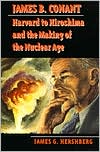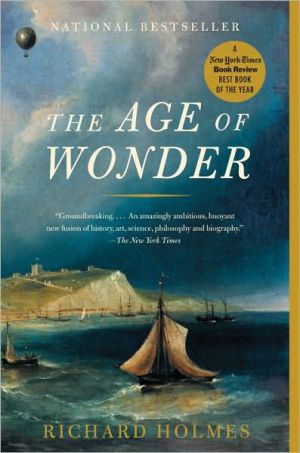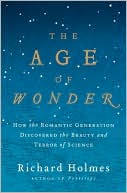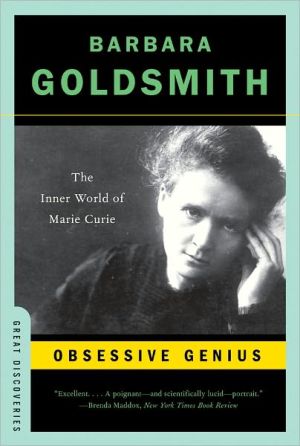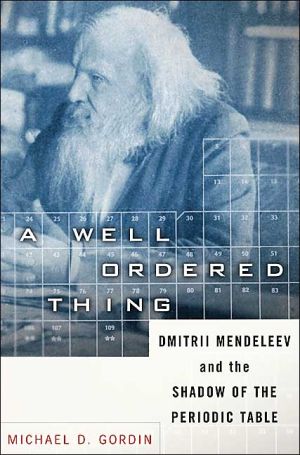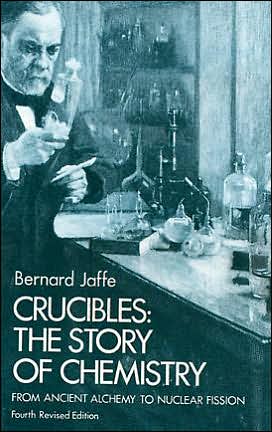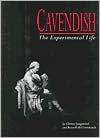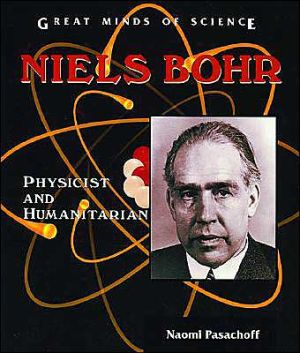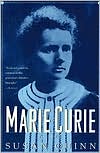James B. Conant: Harvard to Hiroshima and the Making of the Nuclear Age
“This splendid portrait of Conant . . . illuminates the life of a pivotal figure in the making of U.S. nuclear, scientific, educational, and foreign policy for almost half a century. But the book is much more: it is not only an insightful narration of Conant’s life, it is also a brilliant and important account of the making of the nuclear age, a chronicle that contains much that is new.”—Washington Post\ “The bomb would be as much Conant’s as it was anyone’s in government. His inner response...
Search in google:
“This splendid portrait of Conant . . . illuminates the life of a pivotal figure in the making of U.S. nuclear, scientific, educational, and foreign policy for almost half a century. But the book is much more: it is not only an insightful narration of Conant’s life, it is also a brilliant and important account of the making of the nuclear age, a chronicle that contains much that is new.”—Washington Post“The bomb would be as much Conant’s as it was anyone’s in government. His inner response to that burden of responsibility has long been obscured, but it is illumined here. . . . This is a model of historiography that is evocative reading.” —New York Times Book Review Publishers Weekly Hershberg's outstanding, balanced biography lifts the self-imposed secrecy surrounding a key architect of U.S. Cold War policy and of the nuclear age. James Bryant Conant (1893-1978), while president of Harvard University and as scientific adviser to the Roosevelt administration, advised FDR of the feasibility of building an atomic bomb; his recommendations spurred the secret crash program that culminated in the destruction of Hiroshima and Nagasaki. A liaison between the White House and Manhattan Project scientists, Conant in 1945 gave Truman fateful advice on where the new weapon should be dropped. Hershberg, a historian at the Woodrow Wilson International Center in Washington, D.C., reveals that although Conant publicly supported U.S. postwar nuclear preparedness, he lobbied secretly for a U.S.-led global nuclear moratorium, a proposal that was ignored. Raised in a working-class Boston suburb, the dapper, coolly rational Harvard educator emerges as a highly contradictory figure: a Cold Warrior haunted by doomsday fears, a chemist who worked on poison gas in WW I, a staunch opponent of Truman's development of the hydrogen bomb who later advocated deployment of ``tactical'' nuclear weapons to contain the purported Soviet menace to Western Europe. While Conant defended academic freedom against the McCarthyite witch hunt, he nevertheless endorsed a policy of automatically dismissing any faculty member who refused to name associates who had attended communist meetings. Evidence set forth here suggests that Conant's Harvard administration turned over confidential information about students to the FBI. Hershberg also skillfully probes Conant's multiple roles as Eisenhower's draconian high commissioner in occupied Germany, critic of U.S. public schools, proponent of massive federal programs to transform the black underclass, and prescient advocate of solar energy. Photos not seen by PW. (Nov.)
\ Publishers Weekly - Publisher's Weekly\ Hershberg's outstanding, balanced biography lifts the self-imposed secrecy surrounding a key architect of U.S. Cold War policy and of the nuclear age. James Bryant Conant (1893-1978), while president of Harvard University and as scientific adviser to the Roosevelt administration, advised FDR of the feasibility of building an atomic bomb; his recommendations spurred the secret crash program that culminated in the destruction of Hiroshima and Nagasaki. A liaison between the White House and Manhattan Project scientists, Conant in 1945 gave Truman fateful advice on where the new weapon should be dropped. Hershberg, a historian at the Woodrow Wilson International Center in Washington, D.C., reveals that although Conant publicly supported U.S. postwar nuclear preparedness, he lobbied secretly for a U.S.-led global nuclear moratorium, a proposal that was ignored. Raised in a working-class Boston suburb, the dapper, coolly rational Harvard educator emerges as a highly contradictory figure: a Cold Warrior haunted by doomsday fears, a chemist who worked on poison gas in WW I, a staunch opponent of Truman's development of the hydrogen bomb who later advocated deployment of ``tactical'' nuclear weapons to contain the purported Soviet menace to Western Europe. While Conant defended academic freedom against the McCarthyite witch hunt, he nevertheless endorsed a policy of automatically dismissing any faculty member who refused to name associates who had attended communist meetings. Evidence set forth here suggests that Conant's Harvard administration turned over confidential information about students to the FBI. Hershberg also skillfully probes Conant's multiple roles as Eisenhower's draconian high commissioner in occupied Germany, critic of U.S. public schools, proponent of massive federal programs to transform the black underclass, and prescient advocate of solar energy. Photos not seen by PW. (Nov.)\ \ \ \ \ Library JournalConant, one of the most prominent educators of the this century, served his country in many capacities throughout his long career. Hershberg, a fellow at the Woodrow Wilson International Center for Scholars, has produced a massive biography, well written and extensively researched, detailing in particular Conant's contributions toward the development of the American nuclear arsenal. Rising to the presidency of Harvard from his position as a relatively unknown chemistry professor, Conant also wrote extensively on the role of education in a democratic society. Although present at the creation, he was never comfortable with the uncertain power of atomic energy and opposed America's increasing reliance on nuclear weaponry for defense. One of the original ``Wise Men'' of the Cold War era, Conant's participation in one of our country's most dynamic periods is, thanks to Hershberg, now much better understood. Recommended for academic collections.-- Ed Goedeken, Iowa State Univ. Lib., Ames\ \ \ Kirkus ReviewsIn 1970, organic chemist, Harvard president, and nuclear- weapons mandarin Conant published a ponderous and unrevealing autobiography, My Several Lives. Now, in an even more massive but engrossing look at Conant's public life, Hershberg (a historian at the Woodrow Wilson Center in Washington, D.C.) illuminates the importance of this enigmatic and undeservedly obscure figure. Because of the magnitude of his undertaking, as well as the secrecy maintained by both Harvard and the US government over many relevant files, Hershberg has concentrated on Conant's careers as "atomic bomb administrator, nuclear and scientific adviser to the government, Harvard president during the `Red Scare,' Cold War public figure, and envoy to Germany." Nonetheless, Hershberg relates the story of child prodigy Conant's upbringing in a Boston suburb, his rise to academic excellence at Harvard, and his profitable work in the "chemist's war" of WW I—where he "threw himself into the task of producing poison gases, confronting for the first time the moral quandaries involved in a scientist's participation in constructing deadly weapons rather than advancing knowledge." After the war, Conant became equally absorbed in his groundbreaking chemical research at Harvard, until, in 1933, he was appointed the university's president—a posting that prompted him to pursue a liberal policy, reforming tenure procedures and making the school more democratic and less hidebound. In 1941, Conant joined a group of scholars studying the question of whether to develop a nuclear weapon, and he played a key role in the Manhattan Project. Until the early 1950's, he constantly advised the feds on nuclear policy—especially onattempts to control the proliferation of nuclear weapons—and he campaigned against the development of the hydrogen bomb. Later, Conant presided over Germany's rearmament and became America's first ambassador to West Germany. Finally, in 1957, at age 65, he commenced a new career as "author, commentator, and critic on American public education." Conant died in 1978. A magisterial study of an awesome and intriguing public career. (Photographs)\ \
